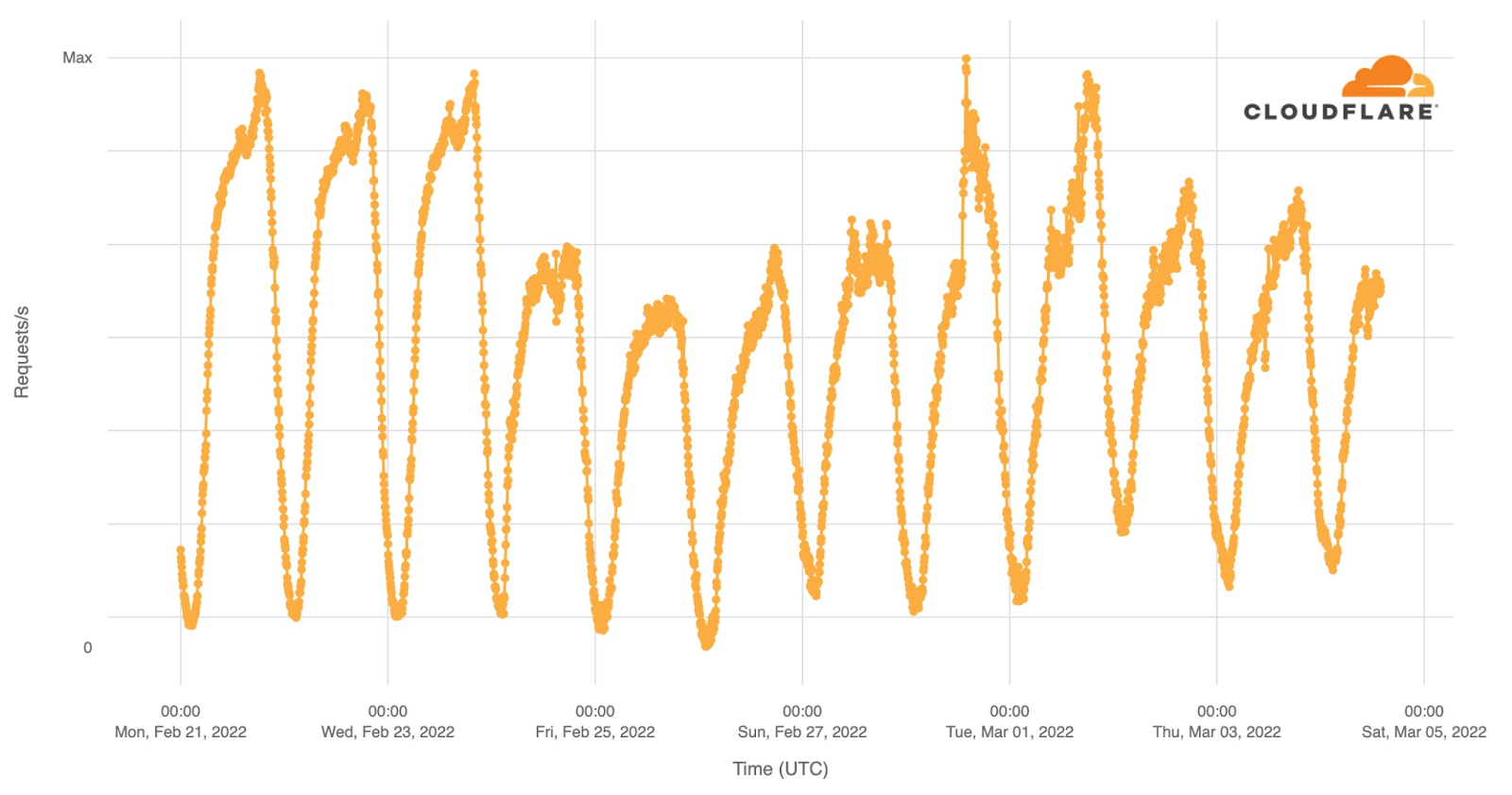0
Contributors: Giovanni Vigna, Oleg Boyarchuk, Stefano Ortolani
Introduction
The continued assault on Ukraine will go down in history as the first one that was truly carried out both kinetically on the battlefield and virtually using cyberattacks against the computer infrastructure of the invaded nation.
As the invasion started and escalated, new malware threats were introduced by malicious actors to harm Ukrainian organizations. Early in the assault, security researchers have observed the emergence of new threats that appears to be developed ad hoc to be key tools in cyber-war efforts.
In addition to well-known attacks and threats, such as network DDoS and ransomware, these threats included “wipers,” whose sole purpose is the disabling of the targeted hosts, often combined with other tools that allow the attackers to infect the largest number of hosts possible.
While these attacks targeted specific organizations, there is a substantial risk that in the highly connected, distributed environments used to exchange and share information in multi-national organizations these attacks might spill beyond their intended targets.
It is therefore of paramount importance to understand these threats in order to help protect both Ukrainian organizations and the rest of the world. To this end, CISA has published a series Continue reading




